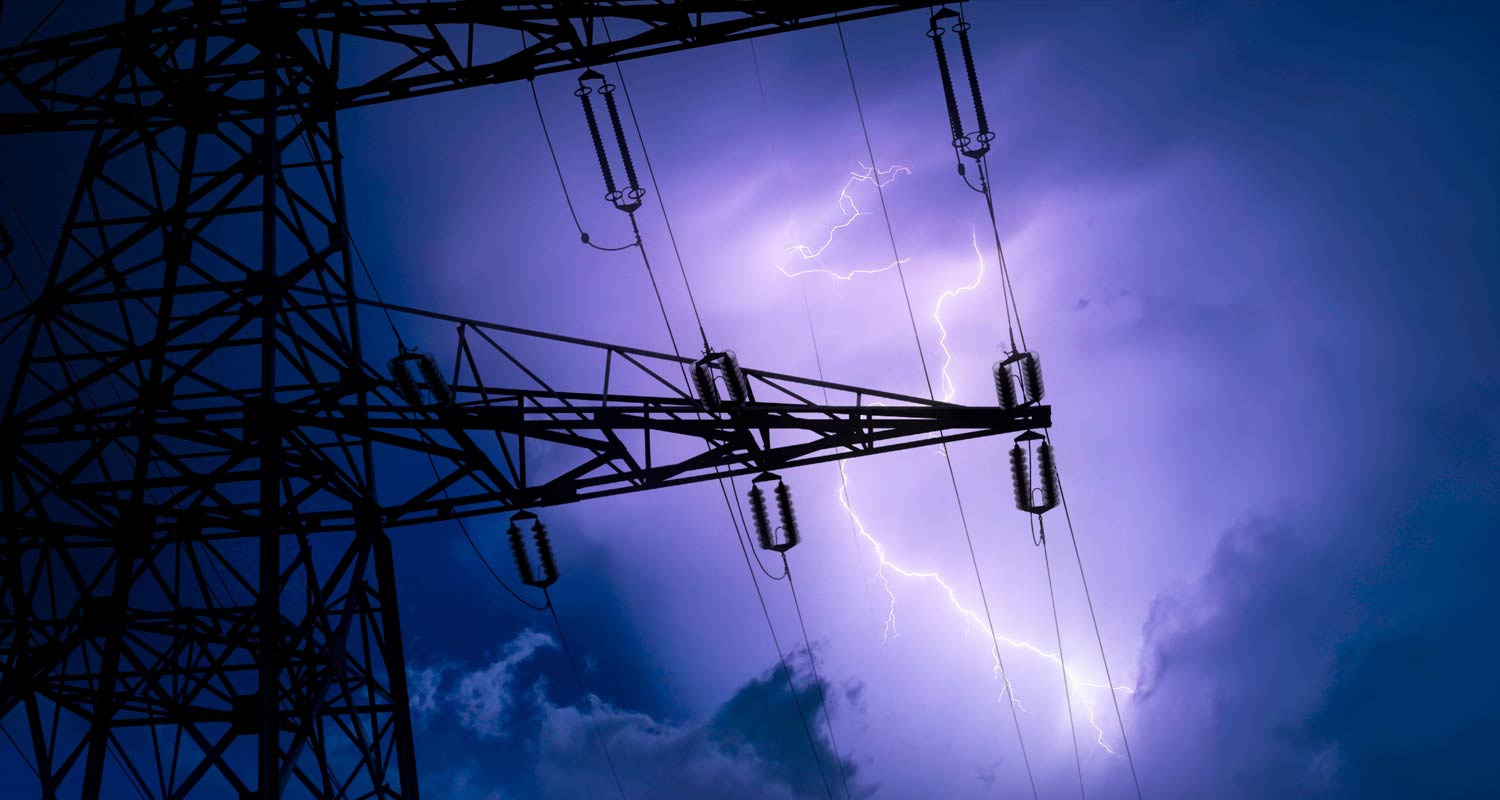South Africa’s 244-day run without load shedding suggests energy utility Eskom has finally turned the corner in the battle to maintain an energy surplus. Other countries are not as fortunate.
Indeed, South Africa is not the only country to suffer from load shedding, and the phenomenon not confined to developing nations either. Even developed countries like the US have been impacted.
“The whole power system was built and designed in one climate era and now is being asked to work in a different climate era. It just means more things can go wrong,” said Michael Webber, a professor of energy at the University of Texas at Austin, in a recent report.
The most recent widespread blackouts have occurred in Zimbabwe and Zambia. Reliant on a power-hungry copper mining industry for much of its national income, Zambia has suffered an energy deficit due to an overreliance on hydroelectric power amid a crippling drought in Southern Africa.
More than 80% of Zambia’s power generation capacity resides at Kariba Dam, which has been underperforming due to the El Niño oceanic system that’s led to the lowest dam level in decades. Power outages average more than 20 hours a day and can run for up to three days at a time, with three to four hours of electricity a day now normal.
Further afield, other emerging markets are grappling with the challenge that a rapidly growing economy presents as more and more of the population requires electrification. India’s Central Electricity Authority in June said the South Asian nation – the most populous on Earth – had reached a peak shortfall of 14.2GW, the highest in 14 years.
Severe load shedding
Despite significant investments in solar generation capacity, India’s energy mix includes 46GW (12% total capacity) of hydroelectric power. Similar to Zambia, El Niño has led to erratic rainfall, leading to a 16% decline in hydroelectric output for the year ended 31 March 2024.
Neighbouring Pakistan also has severe load shedding, especially after a surge in demand following the Covid-19 pandemic. Major cities such as Karachi and Lahore can go without power for 12-15 hours a day. Unlike neighbouring India, Pakistan does not have a lot of variety in its energy mix, with most of its power stations reliant on imported fuels to run. Supply-chain shocks and incremental fuel prices have led to severe energy deficits.
Read: Eskom marks six months of no load shedding
Also suffering from load shedding on the Asian subcontinent is the island of Sri Lanka, where outages of up to 10 hours a day plagued the nation in 2022, coinciding with the country’s worst economic crisis in years. Although national blackouts have now been tempered, regional blackouts lasting several hours a day are still commonplace as diesel shortages and erratic rainfall constrain the Ceylon Electricity Board’s ability to keep the island electrified.
In the Middle East, citizens of Lebanon have over the past few years become used to having only one or two hours of electricity a day. Fuel shortages and a dysfunctional energy sector have coincided with an economic crisis. According to Human Rights Watch, Lebanese authorities have “for over 30 years failed to properly manage the state-run electricity company, leading to widespread blackouts”.
 Load shedding in some countries is more sporadic and less of a mainstay than it has proven to be in countries such as Lebanon and South Africa. Egypt this year experienced bouts of load shedding following the hottest summer in decades. The spike in demand for cooling led to weeks of rolling blackouts where Egyptians would be in the dark for three to four hours each day.
Load shedding in some countries is more sporadic and less of a mainstay than it has proven to be in countries such as Lebanon and South Africa. Egypt this year experienced bouts of load shedding following the hottest summer in decades. The spike in demand for cooling led to weeks of rolling blackouts where Egyptians would be in the dark for three to four hours each day.
Similar patterns plague more developed nations where acute environmental stressors lead to sporadic power outages. In the US, southern states like Texas have been experiencing hotter than normal summers, leading to spikes in energy demand for cooling. Texas has also been hit by colder winters, too. In 2021, winter storm Uri left millions of Texans without power, leading to the deaths 246 people. In the summer months, Texas residents are often notified to reduce their power consumption to ease the strain on the grid during peak times.
Read: South Africa announces R4.7-billion in grid-scale battery projects
Other regions of the US are becoming more susceptible to sporadic surges in demand due to weather extremes, while others are plagued by more destructive weather phenomena like tropical cyclones. According to an April report by Climate Central, high winds, rains, winter storms and tropical cyclones accounted for 80% of the power interruptions on US soil over the last 20 years.
“Many types of extreme weather events are becoming more frequent or intense because of human-caused climate change. These events put stress on ageing energy infrastructure and are among the leading causes of major power outages,” said Climate Central. – © 2024 NewsCentral Media
Get breaking news from TechCentral on WhatsApp. Sign up here
Don’t miss:
‘South Africa can’t afford this’: Eskom price hike plan under fire





